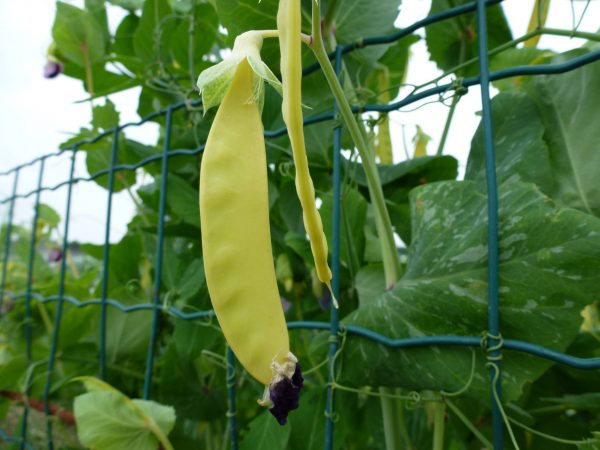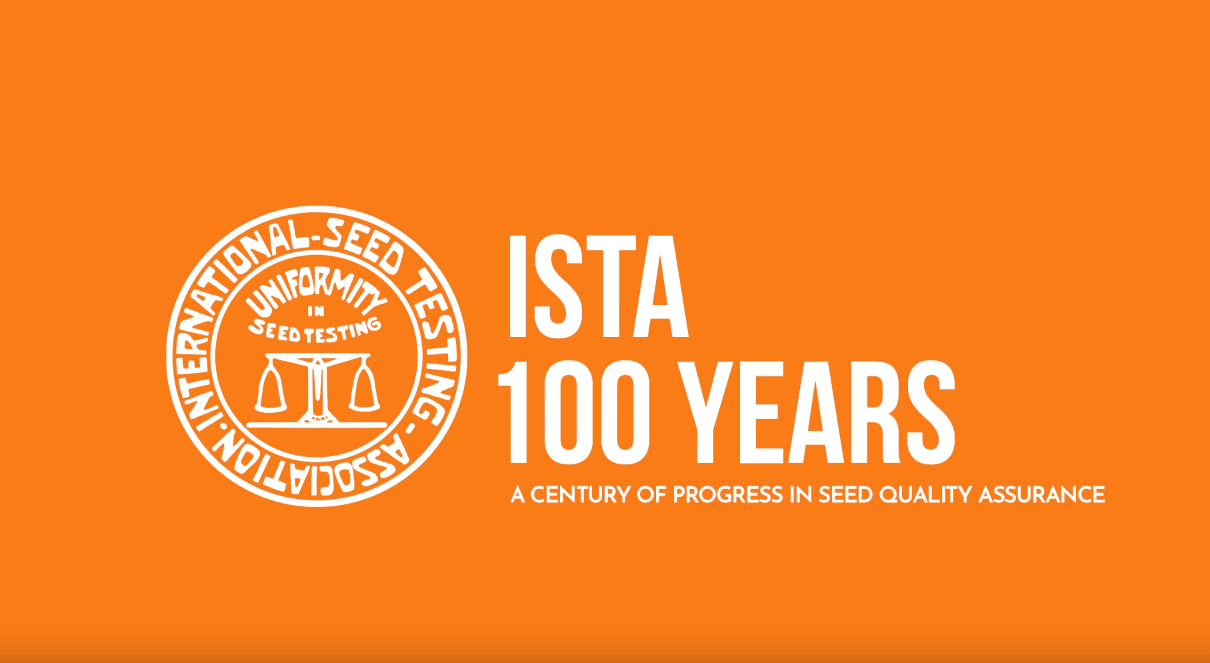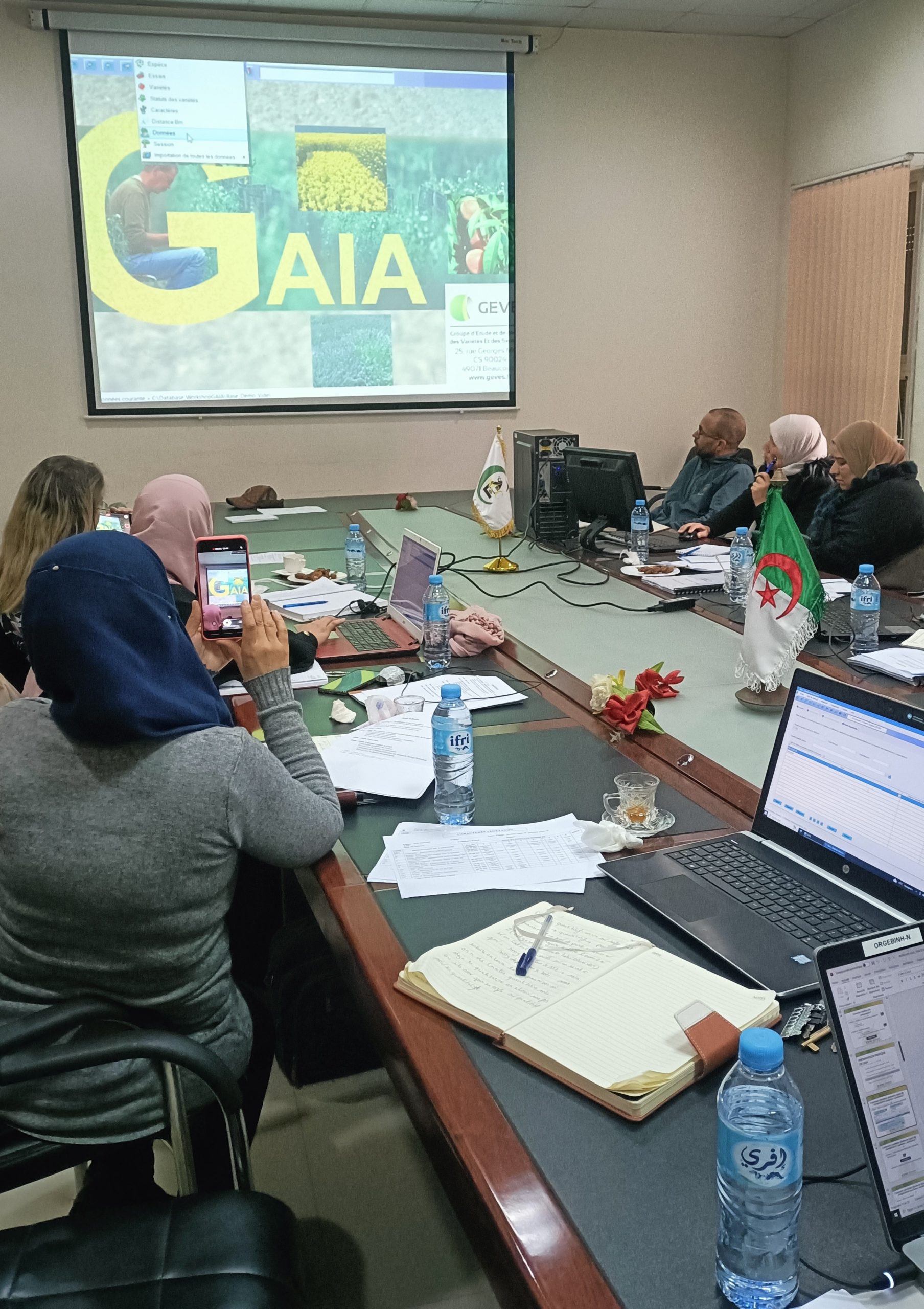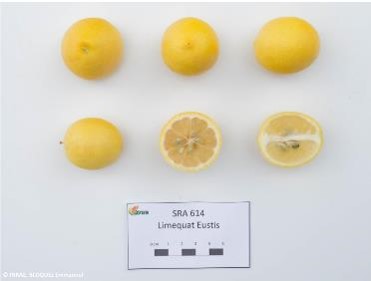
News from the CTPS Protein Crops Section
At its meeting on 10 November, the CTPS Protein Crops Section proposed 22 new varieties for registration in the Official Catalogue, including 2 coral pea varieties, 1 Marrowfat pea varieties and 4 lentil varieties. In parallel, methodological work of interest to the plant sector was discussed, such as the validation of a test for evaluating the resistance of faba beans to botrytis and the implementation of a VCUS evaluation of chickpea varieties from 2022. More medium-term projects were also discussed such as the development of a method based on NIRS for the determination of certain amino acids and the ongoing identification of limiting factors for pea yields using the DiagVar tool.
Among the main news items discussed at this meeting was the validation of a test for evaluating the resistance of faba beans to botrytis (BotryFev project) carried out by Terres Inovia. As a reminder, botrytis (Botrytis fabae) is a frequent disease on a national scale, particularly severe for winter bean and a major limiting factor. The test, carried out under controlled conditions, gave discriminating results that correlated well with the behaviour of the varieties in the field. In addition, the development of chlorophyll A determination by spectrophotometry is ongoing for green pea varieties destined for processing plants, in order to consolidate the visual mark given until now on sensitivity to discolouration.
Following the mandate given by the section last year, a chickpea VCUS expert group was created and worked the construction of a VCUS to be implemented in spring 2022. A network of 6 locations, mainly based in the south of France, was chosen to minimise the need for seed for this species with a low rate of multiplication and avoid delaying potential new applications.
In connection with action 10 of the section’s SPAD2 roadmap, work on protein quality was carried out this year by BioGEVES with an HPLC-based determination of pea amino acids on samples from several trial sites. The essential and major amino acids (lysine, arginine…) could be measured with this technique and showed variable levels depending on the different varieties tested. The NIRS (near infrared spectroscopy) potential shows interesting predictive performances which could make it possible to envisage a dosage of major amino acids using this technique. The experts showed a certain interest in this work but do not wish to pursue it for the time being, as it is considered to be too far upstream from the needs and development of current markets.
In connection with Action 14 of the section’s SPAD2 roadmap, the DiagVar tool was tested on data from the 2019 and 2020 winter pea network in an attempt to quantify and rank the limiting factors responsible for yield losses (stress due to high temperatures at flowering, drought, N deficiency, lack of radiation, etc.). 8 winter pea varieties were characterised during a first approach on tolerances or sensitivities to certain factors that will have to be confirmed with additional data and confronted with observations made in the field. This work will be extended to spring pea varieties and would require an extension with post registration data.





